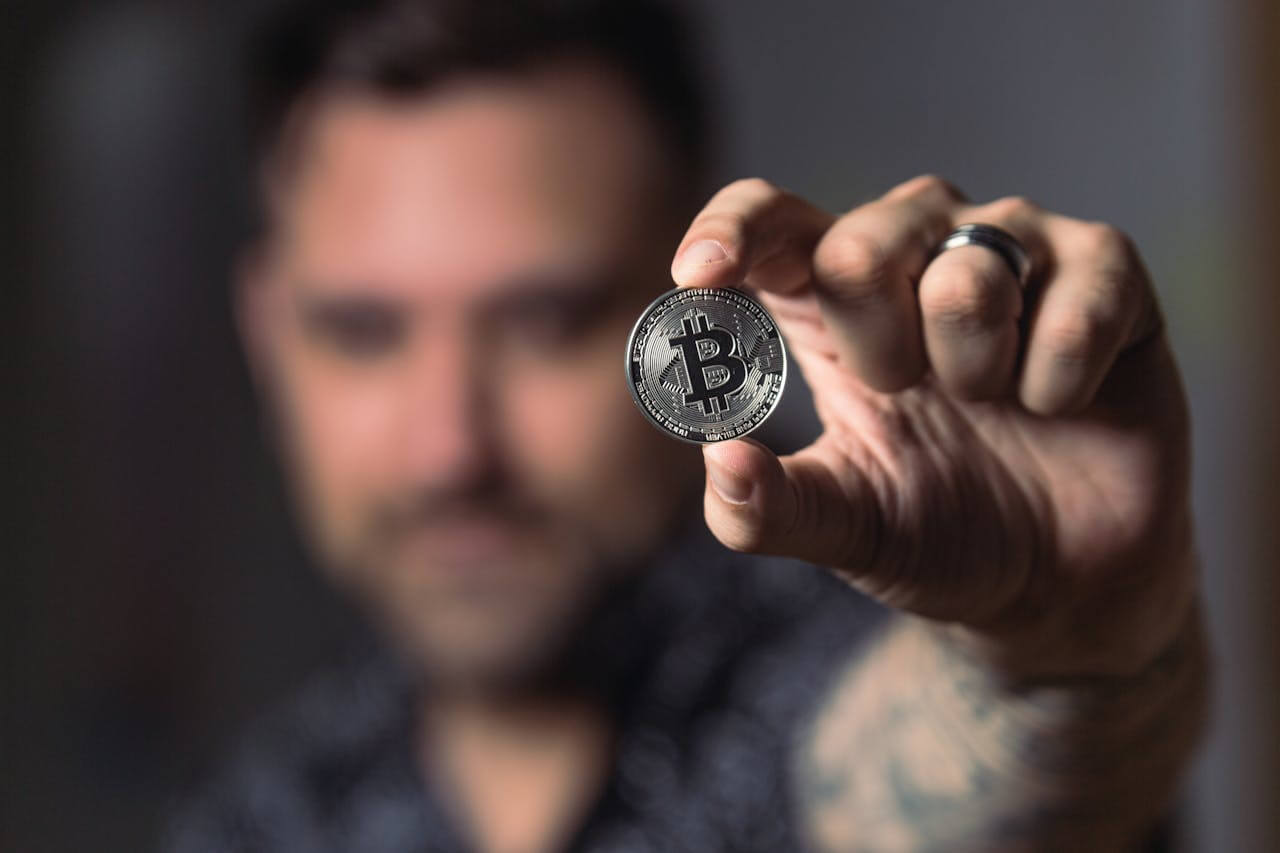The idea of buying into a network before it launches has always had a particularly magnetic pull. In crypto, presales have turned that impulse into a funding model that has built entire ecosystems. A few early offerings did more than just raise capital. In fact, they created developer movements, new markets, and lasting brands.
What Makes a Presale Truly Successful
In crypto, early access works when investors feel they are joining something larger than a simple purchase. Presales thrive when communities form around a project, when the roadmap is presented clearly, and when regular updates build trust and momentum.
The strength of today’s pipeline is perfectly shown by ongoing crypto presales. Rather than legacy names like Bitcoin or Doge, presale-driven examples such as Bitcoin Hyper (HYPER), Maxi Doge (MAXI), and Wall Street Pepe (WEPE) demonstrate how strong development teams, clear use cases, impressive tokenomics, and strong community support can turn early momentum into durable networks. When executed well, that mix transforms short-term interest into long-term adoption.
Landmark Presales That Reshaped the Market
Ethereum’s 2014 sale funded a programmable blockchain that became a home base for smart contracts and NFTs. Think of it as moving from a single-purpose tool to an app store that anyone could build on. Binance Coin launched in 2017 to power an exchange ecosystem, then expanded into a full smart-contract chain. It is like a loyalty point that grew into a city with its own transit system.
Filecoin’s offering backed a decentralized storage market that rewards users for hosting data. The analogy here is a global Airbnb for unused hard-drive space. Polkadot’s sale financed a network of interoperable chains, more like a federation of cities connected by high-speed rails than one mega-metropolis. Tezos and EOS also raised at record clips for their time, proving that investor appetite could fund ambitious base-layer experiments, even if execution later varied.
The Playbook Behind the Biggest Wins
The leaders shared a few traits. First, a crisp problem statement: cheaper transactions, programmable money, or modular scaling. Second, visible builders with open repos and testnets so buyers could see progress. Third, token economics that matched usage: utility on chain, not just speculation. This is similar to how successful game launches pair a clear core loop with fair progression. When actions in the world naturally earn or spend the token, demand stops being theoretical.
Distribution also mattered. Ethereum’s early developer focus created a flywheel of tools and tutorials. Binance tied BNB to fee discounts and later to a growing DeFi and gaming ecosystem. Filecoin linked rewards to a real service: storing and retrieving data. In each case, the token was a key that unlocked a product, not a poster for a product that did not exist.
Lessons and Cautions for Would-Be Backers
Presales are not guarantees. They are more like stadium blueprints: the drawings can be beautiful, but teams still have to play and fans still have to show up. Red flags include vague use cases, lopsided vesting that dumps on public buyers, and roadmaps that read like wish lists. On the other hand, credible audits, clear milestones, and live demos are positive signals. Liquidity plans also matter. Without exchange access or on-chain utility at launch, even strong ideas can stall.
What Endures
The most successful presales funded infrastructure that other people chose to use. They shipped upgrades, attracted developers, and survived market cycles. Hype got them noticed. Delivery kept them relevant. If you treat a presale like early access to a network you plan to use, and judge teams by what they build between announcements, you will read the signal better than the noise.










